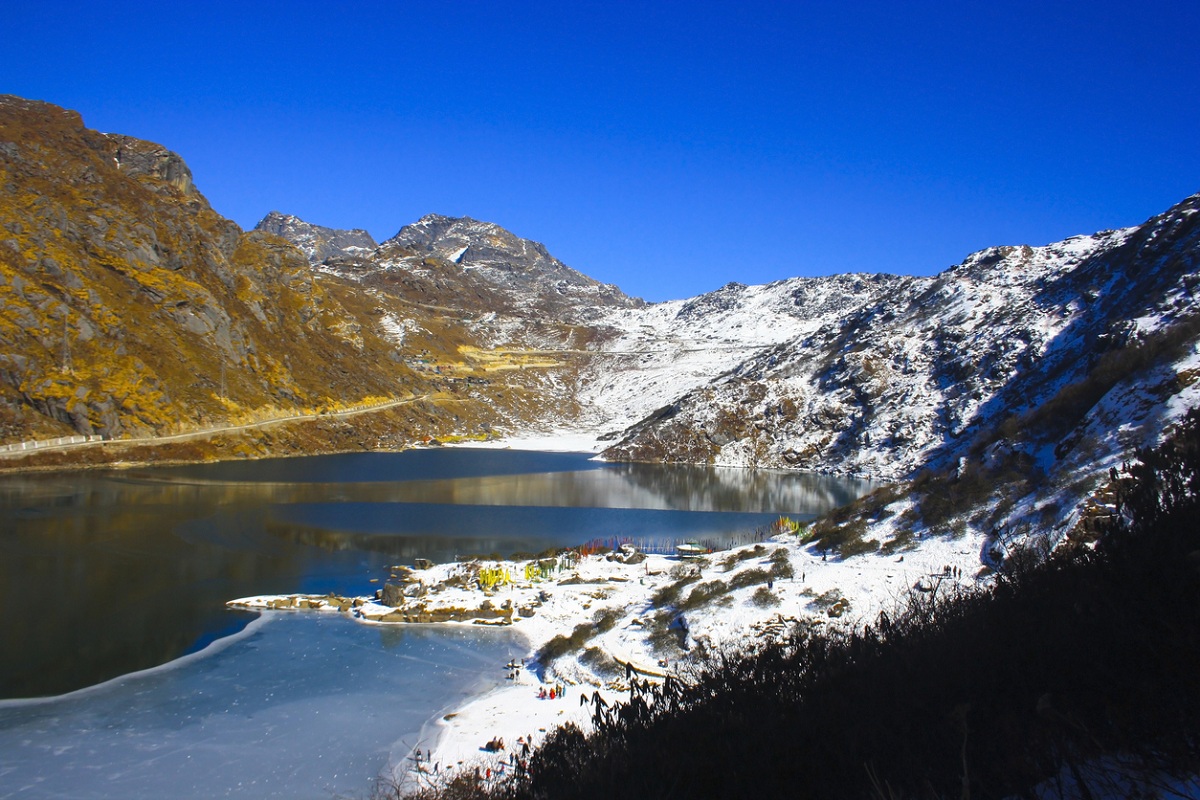Himachal minister approaches speaker invoking anti-defection law against 3 MLAs
The three MLAs' petition is pending in the high court against the Speaker for not approving their resignation from the State Legislative Assembly.
The cause of the flood event was not known to the experts whether the floods were caused by cloud bursting or due to Glacial Lake Outburst Floods (GLOFs) phenomena as it started from the Tibetan Himalayan Region.

(Representational Image: iStock)
The Himachal Pradesh government is mulling to undertake mapping of glacial lakes to mitigate the climate-induced hazards and to undertake various studies to understand the threat arising out of climate change.
The research and mapping would be conducted by the State Council for Science, Environment and Technology to devise strategies to combat the impact of climate change in association with the newly formed State Centre for Climate Change.
Rajneesh, secretary Environment, Science and Technology department said the Council is planning to undertake mapping of all the glacial lakes which are getting formed owing to melting of the Himalayan glaciers and which may contain a large quantity of water causing great damage in case they burst in future.
Advertisement
He cited the example of Kedarnath tragedy which was caused by the bursting of a small lake at the snout of Chorabari glacier in Uttrakhand along with heavy precipitation during that time.
“We are working on this vital issue and undertake the regular monitoring of glacial lakes to understand the phenomena of Glacier Lake Outburst Floods (GLOFs) in different basins of HP as well as in the adjoining Tibetan catchment of the Satluj River basin using the space data,” he said.
Rajneesh said Himachal invariably experiences flash floods, the cause of which is unknown. In 2000, the Satluj valley experienced the heaviest floods causing an economic loss of more than Rs 800 crores.
The cause of the flood event was not known to the experts whether the floods were caused by cloud bursting or due to Glacial Lake Outburst Floods (GLOFs) phenomena as it started from the Tibetan Himalayan Region.
He further stated that formation of landslide dammed lakes in high altitude zones such as Parchu in the upper catchment of Spiti basin in Tibet caused tremendous threat to the life and property located in the downstream areas since 2004.
It is, therefore, necessary that a constant and repeated monitoring of the upper catchment areas having international dimensions is required to be carried out on a regular basis.
“As per 2019 study, Satluj river basin has 562 lakes out of which about 81 percent (458) lakes are small one with area less than 5 hectares, 9 percent (53) falls with aerial range of 5-10 hectares and 9 percent (51) are the big one with more than 10 hectares area.
The Chenab basin comprising mainly of Chandra, Bhaga, Miyar as sub basins have a total of 242 lakes comprising 52 lakes in Chandra, 84 lakes in Bhaga and 139 in the Miyar sub basins respectively,” he added.
He added the Beas basin comprising Upper Beas, Jiwa, Parbati has a total of 93 lakes comprising 12 lakes in Upper Beas, 41 lakes in Jiwa and 37 lakes in Parvati sub-basins in 2019 indicating an increase of about 43 per cent as compared to 2018.
Director-cum-Special Secretary Revenue Department DC Rana said it is not possible to keep a watch on the lake formation leading to GLOFs events in the higher Himalayan region because of the accessibility issues by any conventional methods. The space technology has proven to be more useful and helpful in carrying out the investigation in such terrains, he added.
“The lakes with area greater than 10 hectare and having area of 5-10 hectare can be seen as the potential vulnerable sites for causing damage and the state are preparing strategy to save human lives and infrastructure is saved,” he added.
Advertisement